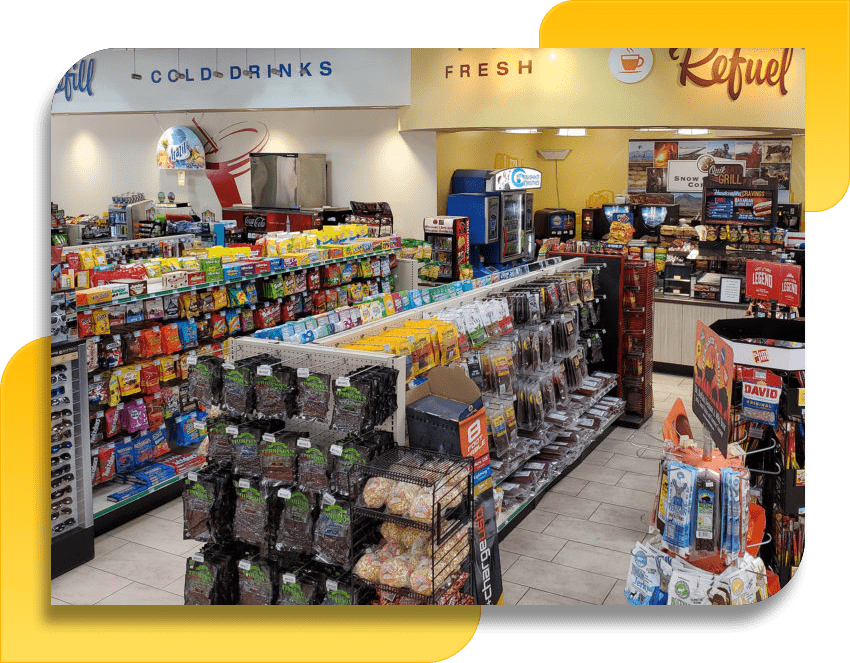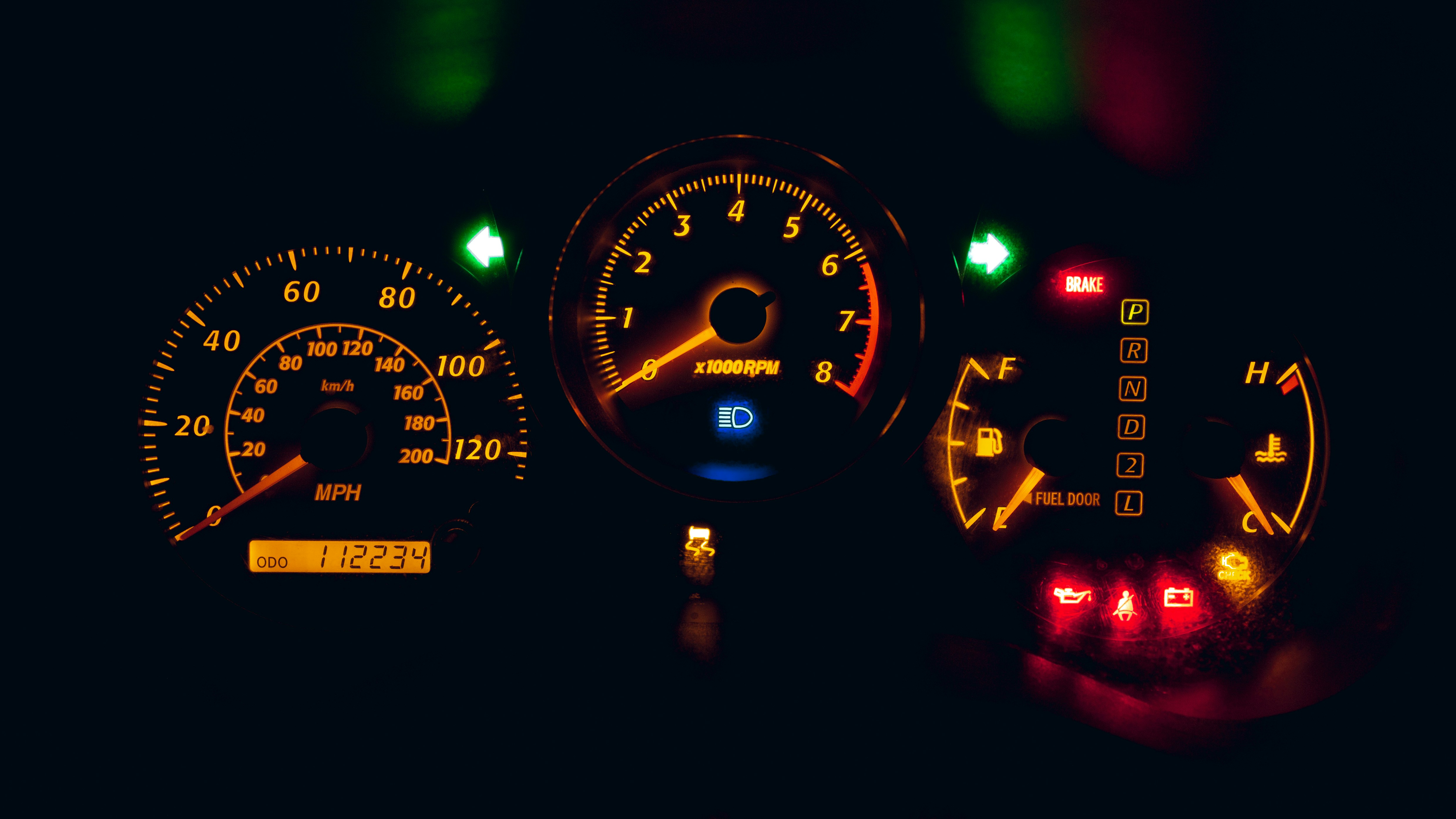Fast Stop Founder Pushes Into QSR With Nine-Site Expansion Across Two States
Fast Stop shifts from c-store roots to a restaurant-first model, acquiring nine ready-made sites in Texas and North Carolina to launch a Cajun-focused QSR chain.

When The Leap Began
Fast Stop didn’t stumble into food. It led with food from day one. Since launching in "2015", the brand built a c-store platform anchored by made-to-order Cajun-inspired fried chicken, seafood, po boys and Southern sides. That approach pushed the footprint to "more than 40 locations across Louisiana and New Mexico." Now the founder, Ziadeh, is moving the playbook into quick service with a clear-eyed resolve. "Getting into the QSR business is kind of a little tough and scary, but I’m making that decision and moving forward," he said. The line is blunt. The intent is firm. The move reframes a convenience-led operation into a restaurant-first model without discarding the food DNA that earned a following at the pump. The goal is simple: translate menu credibility into a consistent quick-service experience and scale it across new markets.

Built On Food, Not Fuel
Fast Stop grew by treating food as the draw, not an add-on. Made-to-order dishes and Southern sides defined the brand’s appeal inside convenience stores. That foundation now anchors the shift to a restaurant-first format. The logic is straightforward: what brought guests in from the forecourt can organize a kitchen line, shape service rhythms, and carry a brand across state lines. This isn’t a reinvention. It’s a reframe. The Cajun-inspired platform becomes the organizing principle—menu first, operations next. The cadence changes from c-store walkups to quick-service throughput, but the core remains. Keep the items that hit. Keep the prep systems that protect consistency. Adjust the flow for speed. The brand’s identity—built in Louisiana and New Mexico—stays center plate as it steps into standalone units.
Buying Time With Conversions
Speed matters. Ziadeh assembled "nine locations" that include former Jack in the Box, Dairy Queen, and Hwy 55 sites. These are "ready-made restaurant real estate suited to a quick-service conversion," with kitchen footprints, drive-thru setups, and dining layouts built for velocity. The package extends reach into Texas and North Carolina, creating a multi-state runway without ground-up construction. Conversions compress timelines and keep capital pointed at execution. Instead of testing layouts, the team can focus on what already resonates: made-to-order fried chicken, seafood, po boys, and Southern sides. The plan is tactical. Replicate menu strengths, slot them into proven footprints, and standardize the experience. With drive-thru lanes in place, the first wave can concentrate on order flow, cook-to-hold windows, and service consistency. The Cajun identity stays front and center while the operating model shifts into QSR gear.
Experience Beyond Convenience
This is a first dedicated QSR push, but not a first restaurant rodeo. Ziadeh has ownership stakes in Louisiana sit-down spots Tap 65 and Bianka, he said. That matters. Full-service and convenience differ from quick service, but they share core disciplines: staffing, training, and execution against a menu that people expect to be consistent. QSR raises the tempo. Dedicated seating and drive-thrus tighten service windows and magnify bottlenecks. The plan leans on convenience learnings—how to train around a made-to-order platform, how to keep high-demand items reliable—and pairs them with restaurant workflows built for speed. The throughline is the menu. Cajun-inspired offerings carry the differentiation. The job now is to lock in the sequence: prep, cook, finish, handoff. Do it the same way, every time, regardless of market.
Turning A Menu Into A Model
The mechanics are direct. Align a proven, made-to-order platform with a standalone restaurant ambition and replicate it consistently. Inside c-stores, Cajun items served as a magnet. In QSR settings, those same items set the kitchen flow, front-of-house design, and throughput goals. The shift is not stylistic. It’s structural. Menu dictates movement; movement dictates labor; labor dictates experience. Choosing former restaurant real estate is part of the formula. It keeps capital focused on menu execution and trims trial-and-error on layout. The plan leans on brand familiarity built across "more than 40 locations" in Louisiana and New Mexico, aiming to carry that trust into Texas and North Carolina. The risk is dilution; the counter is discipline. Hold the Cajun core. Standardize the build. Stabilize the line. Then scale.

Competing For Foodservice Dollars
The lane is crowded and changing. Convenience retailers such as Wawa and QuikTrip have built reputations for made-to-order programs, proving that fresh prep can scale outside traditional restaurants. The momentum shows in deal-making too. Last week, Atlanta-based RaceTrac revealed plans to acquire sandwich chain Potbelly for "$566 million," a clear signal of the premium on brand equity and operational know-how in quick service. Against that backdrop, a Fast Stop QSR chain makes sense. It draws directly from a proven menu and slots into restaurant spaces meant for speed. The Cajun identity cuts through as a differentiator. The conversions cut time-to-market. The strategy meets the moment: convenience, quality, and restaurant credibility are converging, and operators are racing to own more dayparts. A concept born in c-stores stepping into QSR is not an outlier—it’s part of a broader, deliberate shift.

What’s Clear—And What Isn’t
The contours are defined. There are "nine locations" coming in two new states. The sites include former Jack in the Box, Dairy Queen, and Hwy 55 units, chosen for faster conversions. The menu stays the centerpiece. This is Ziadeh’s first dedicated QSR venture, and he frames it as both challenging and necessary. The direction is set: convert established restaurants into a consistent quick-service experience while keeping the Cajun identity up front. Gaps remain. Buildout timelines aren’t detailed. The opening cadence by market is not specified. It’s not clear whether pricing and assortment will mirror the c-store model. There is no mention of franchising, co-branding, or unit-level performance targets. These details will govern speed, consistency, and scale. Still, the knowns—menu strength, brand familiarity in Louisiana and New Mexico, and ready-to-convert sites in Texas and North Carolina—suggest a pragmatic launch with execution in the crosshairs.
The Lesson In The Leap
This strategy threads an operational needle: leverage scale earned inside c-stores to seed a QSR model, lean on "ready-made restaurant real estate suited to a quick-service conversion" to compress time, and keep the Cajun-inspired identity front and center to build trust. With "more than 40 locations" worth of learning and "nine locations" of new real estate, the plan is measured and direct. It doesn’t chase novelty. It doubles down on what works. The takeaway is simple. Turn proven food into a system. Use conversions to move fast without breaking the line. Protect the core—menu, process, identity—and let that discipline travel across markets. The field is competitive, and the tempo is unforgiving, but the premise here is sound: translate what has worked at the pump into a consistent quick-service experience that can scale without losing its Cajun core.